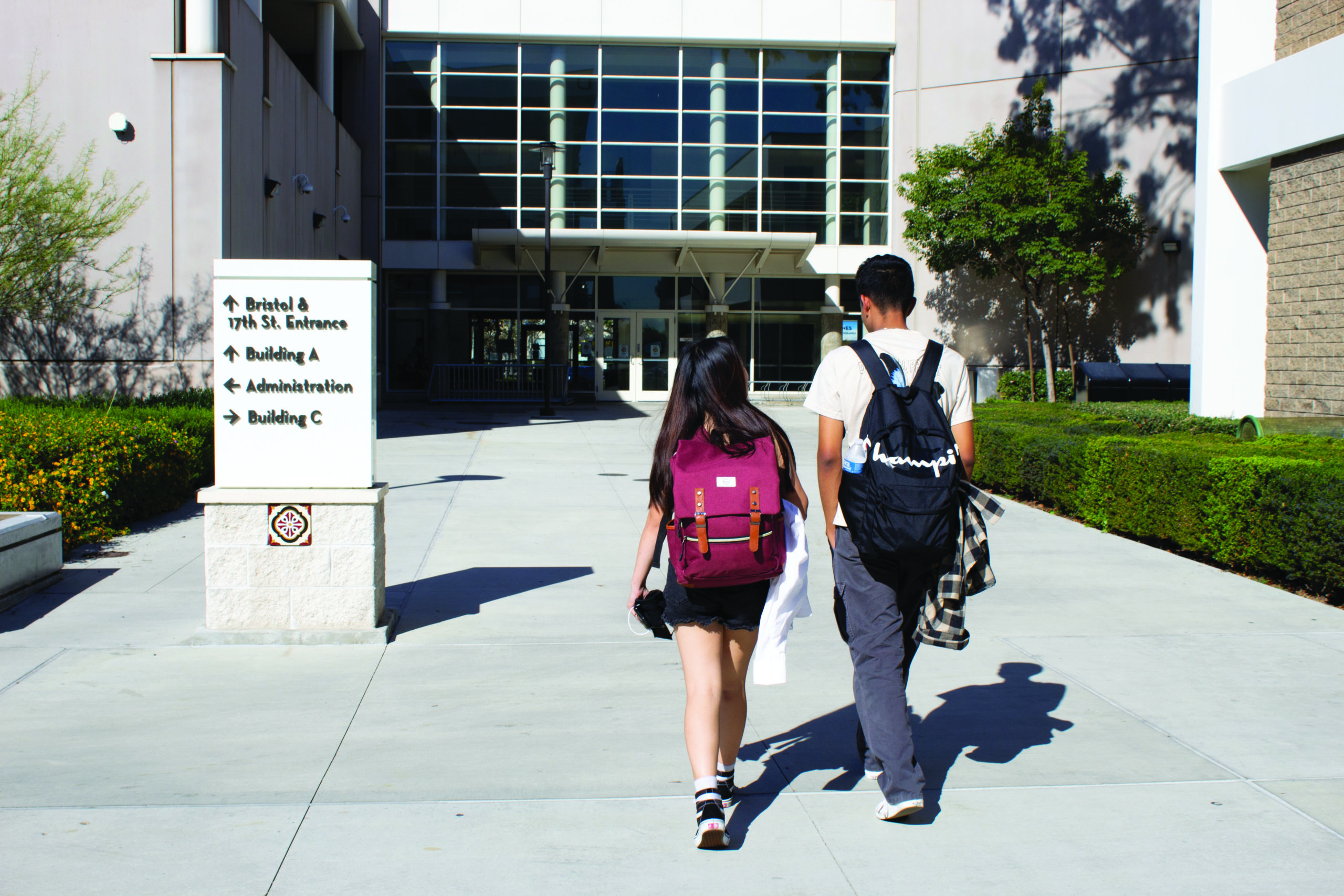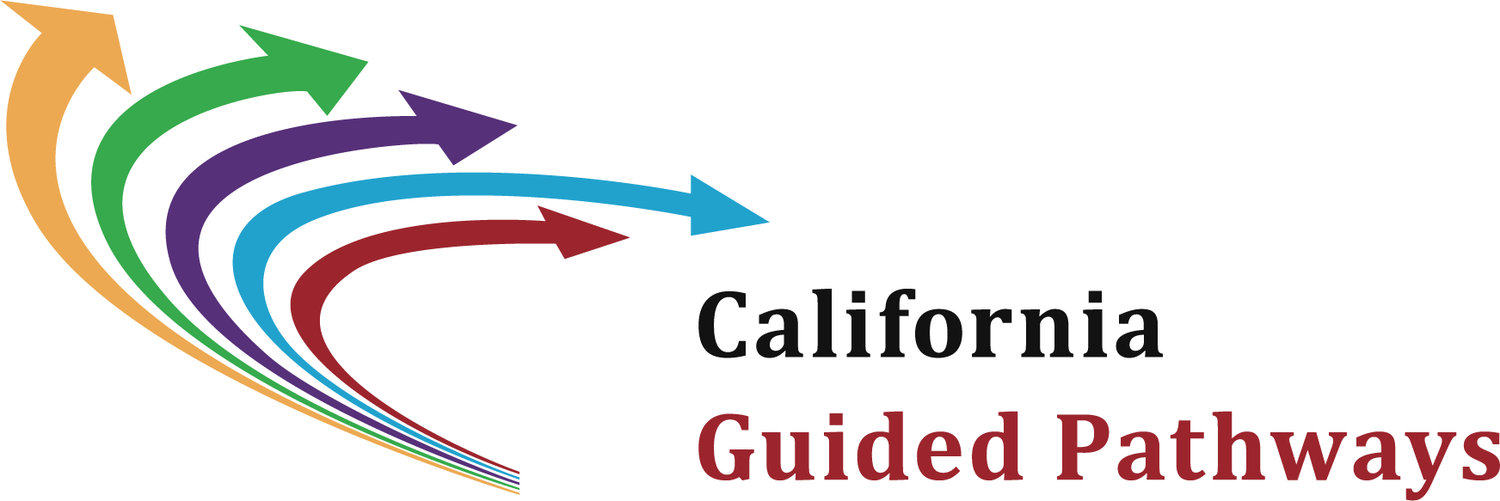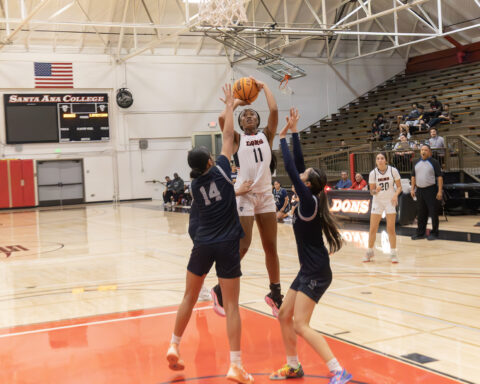Kristopher Cecil loved majoring in English. A transfer from Tennessee State University, he was a starter on the Dons football team and thrived on the interaction of his in-person classes.
Three weeks into his second semester at SAC, the COVID-19 pandemic struck in March 2020, forcing his classes online. Like many, Cecil said that distance education was not replicating the interaction of in-person courses. So, he dropped his course load to work full-time and support himself.
Today, Kristopher said he would like to return to college, but he’s not sure he ever will.
“Going to SAC was a very short-lived experience. A great one, but it ended so fast, and I had to go right back to the reality of just working, maybe it’s just not meant to be,” Cecil said.
Cecil is one of the thousands of SAC students who have not returned since the pandemic.
From the fall semester of 2019 to the fall of 2020, state data shows that 1 in 4 students left SAC, resulting in about a 10% decrease. However, the numbers are improving.
California community colleges receive most of their funding based on the number of full-time enrolled students, or FTES. Add in part-time and non-credit students, and SAC lost around 600 FTES.
A new state funding model determines funding by averaging enrollment over a three-year period. Because the state said schools would not be held liable for pandemic numbers until next year, administrators aren’t speculating on how much funding the college will lose.
“We are actively working on improving enrollment, and we’re already up 13% from this time last year,” SAC Public Information Officer Dalilah Davalos said, referencing the total headcount.
Though SAC administrators are preparing for the worst-case scenario, they’re also increasing enrollment by working with local high schools.
The Dual Enrollment program collaborates with area high schools to offer college credit for classes that meet specific SAC curriculum requirements. In the last year, it has nearly doubled both the number of participants and course options.
“We need the headcounts, or as much enrollment as possible, because we’re seeing a trend across the board in Orange County that enrollment is going down, not just community colleges but also for the high schools,” Dual Enrollment Coordinator Basti Lopez De La Luz said.
Another effort designed to boost enrollment is the addition of small blended classes-courses allowing both in-person and online during the same class time. Of those, 90% filled, compared to 65% of courses with only an on-campus option and 83% entirely online.
While most remote-blended classes this semester are business courses, there are plans to include other subjects in the future.
- Get your parking pass to avoid a ticket - February 13, 2024
- Vaccine mandate suspended for students and staff - November 23, 2022
- Cannabis cloud kitchen helps entrepreneurs break into the industry - November 2, 2022















